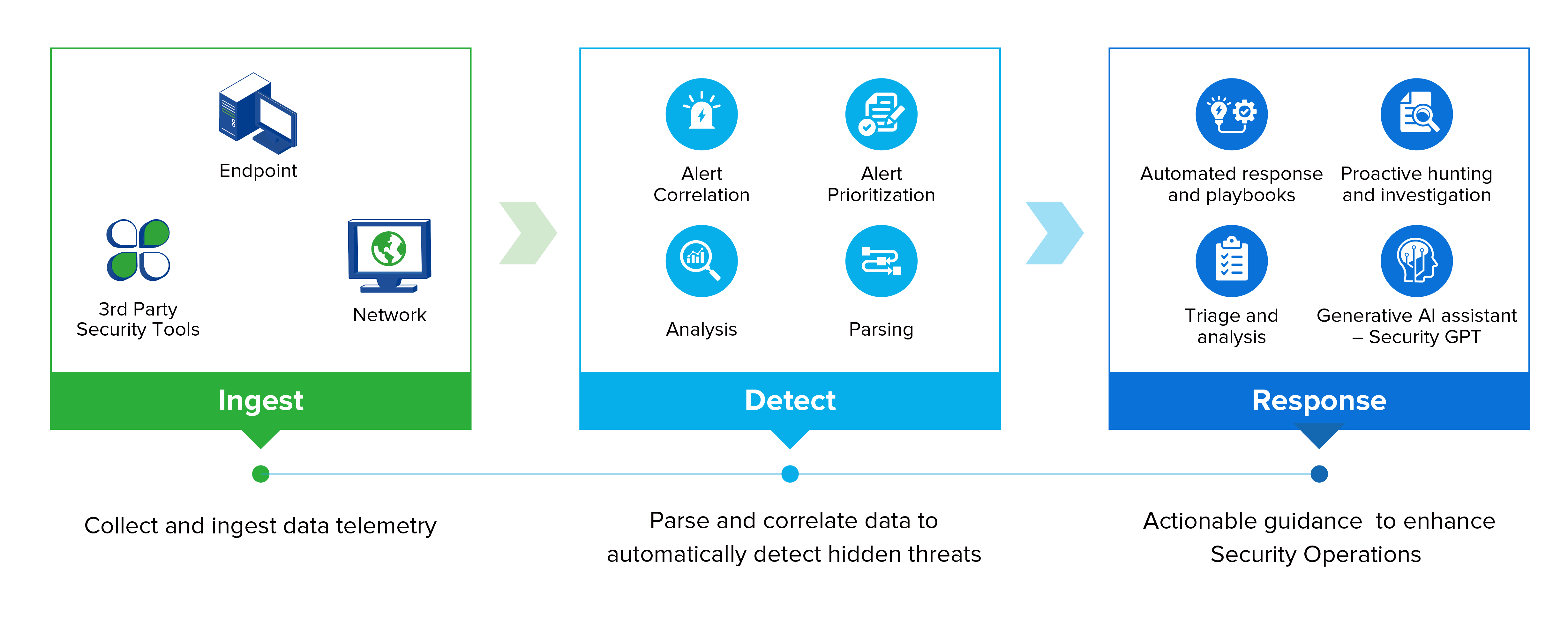Omni-Command provides comprehensive visibility into an organization’s security landscape. It achieves this through passive and active traffic monitoring and by ingesting data from the platform’s various components. With an intuitive dashboard offering a detailed visual overview of key security indicators, such as major threats and risky assets, security teams can rapidly detect, assess, and respond to vulnerabilities and active attacks.



















